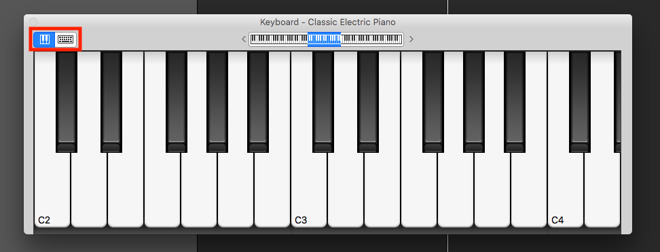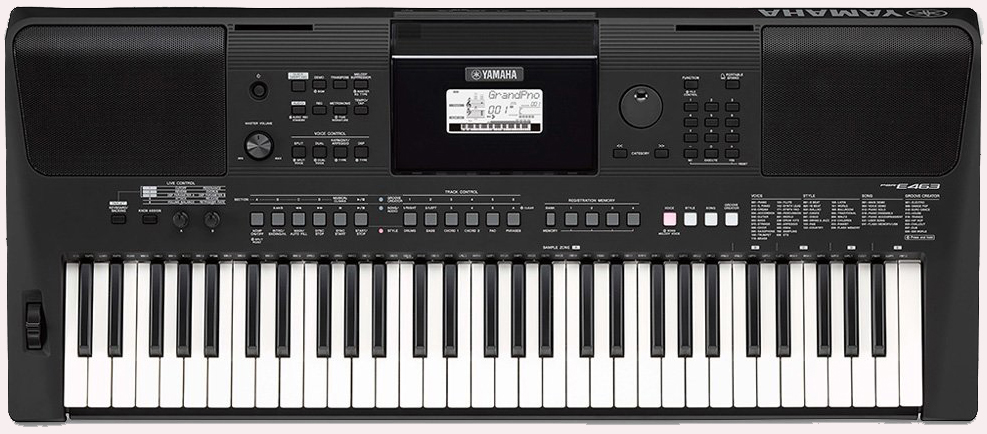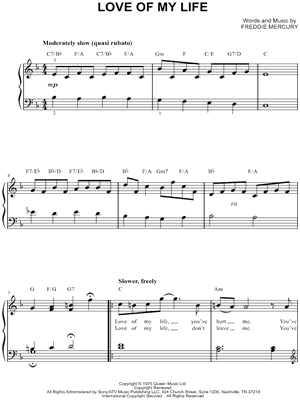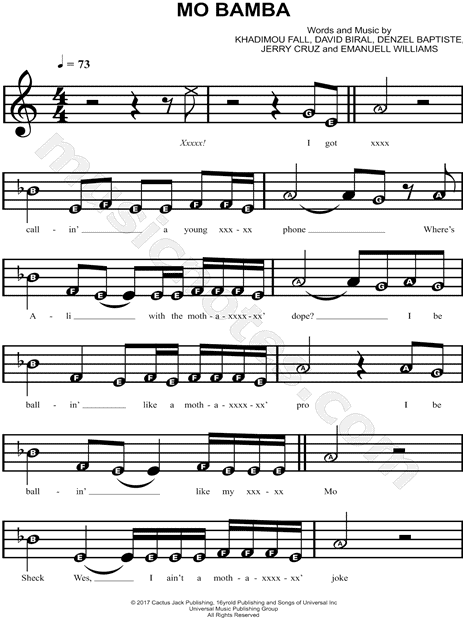piano music theory pdf
3 clefs the clef, a symbol that sits at the leftmost side of the staff, specifies which lines and spaces belong to which notes. in a sense, the clef calibrates or orients the staff to specific notes. the three most common clefs are: the treble clef for high range notes the bass clef for low range notes the alto clef for middle range notes the treble clef (also called the g clef because it. Request: to those who have found this material useful, please make an effort to let at least two people know about my web site, so that we can start a chain reaction of ever more people that will be informed of this site. i am looking for volunteers to translate this book into any language. see "notes for. Michael pilhofer: michael pilhofer teaches music theory and percussion at mcnally smith college of music in st. paul, minnesota, where he serves as department head of the ensembles department. he has worked as a profes-sional musician for more than 18 years and has toured and recorded with. piano music theory pdf
Suspensions are a kind of non-chord tone, and you will likely encounter them in your music theory courses! click here for the printable pdf. articulation marks. no, the dot above that note head is not a smudge or an error! click here for the printable pdf. parallel vs. relative keys. this will surely be a question on your next music theory test.. Still covers only the bare essentials of music theory. music is a very large subject, and the advanced theory that students will want to pursue after mastering the basics will vary greatly. a trumpet player interested in jazz, a vocalist interested in early music, a pianist interested in classical composition, and a guitarist interested in.
---> click here <---











![Easy Christmas Flute, Violin and Piano Sheet Music [PDF] Two Alto Saxophones Christmas Duet Sheet Music Carols | Easy](https://www.virtualsheetmusic.com/images/first_pages/BIG/Miscellaneous/ChristmasASaxDuets1First_BIG.gif)























![David Bruce - Jingle Bells Boogie sheet music for Piano ... 100+ Easy Piano Songs in All Genres & Styles [Video Tutorials]](https://takelessons.com/blog/wp-content/uploads/2016/09/15-easy-classical-piano-songs-for-beginners.jpg)





